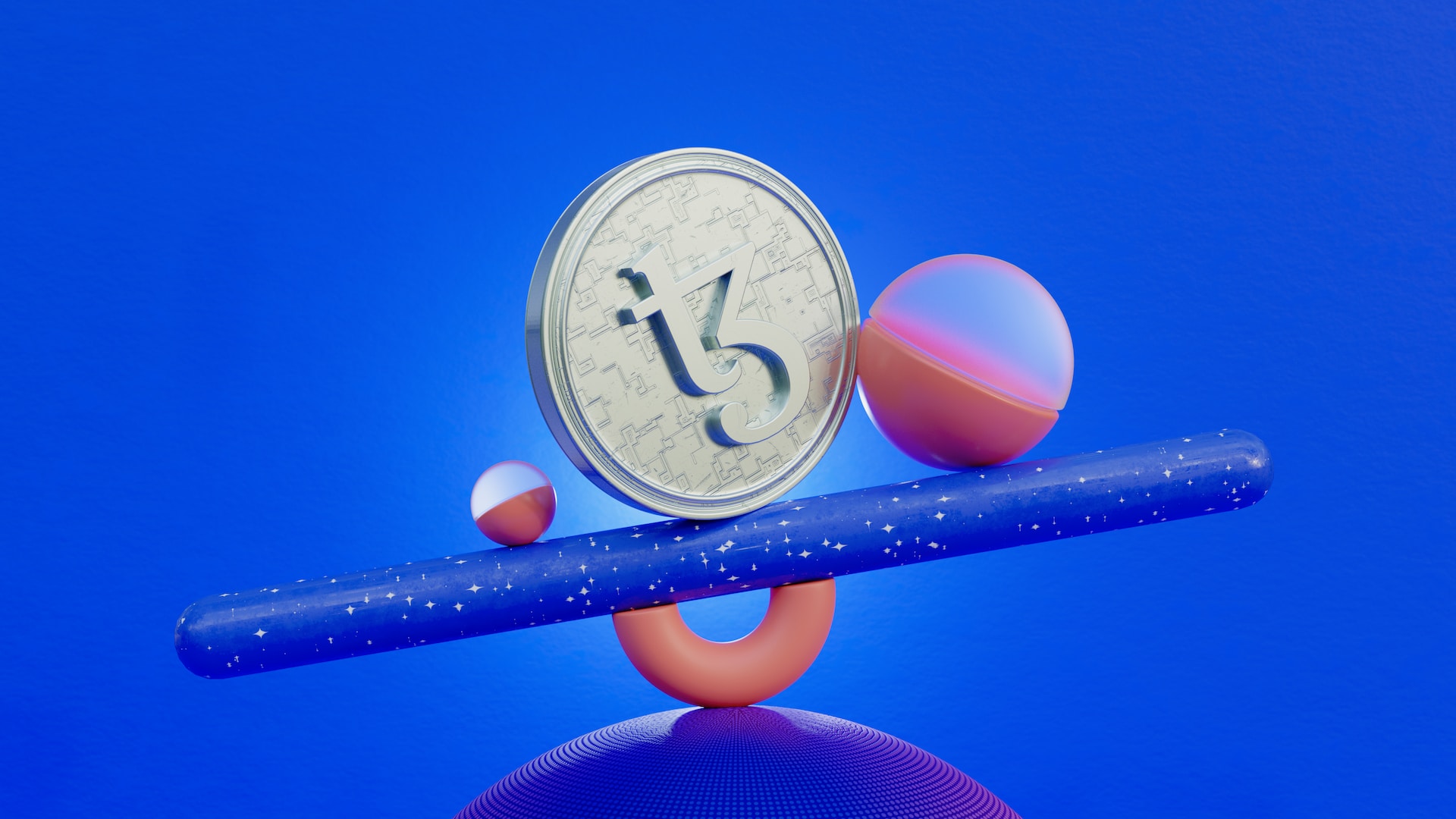In the world of NFTs, there are many different terms that can be confusing for newcomers. One such term is “What is lazy minting in NFT” when it comes to minting NFTs. In this article, we will explore what is lazy minting in NFTs and how lazy minting works in NFTs.
What is NFT minting?
Before explaining lazy minting, I will remind you what is mint in itself. So when you want your artwork to become an NFT, you will need to recognize it on the blockchain, and this process is called minting similar, as metal coins are minted to appear in circulation. Your NFT should be recorded on the blockchain. After that, it’s available on your wallet. You can transfer it or sell it.
So minting requires processing and validating Transactions on the Ethereum blockchain, and it means that you will need to pay gas fees in exchange for computing energy that powers. These actions, unfortunately, one of the biggest barriers for creators to meet more entities are those insanely high gas fees paying this fee does not guarantee any return on investment. In fact, many artists lose their money just by paying High gas for works that are not sold afterward.
What is lazy minting in NFT?
Here comes the lazy meeting. It allows to pay gas fees after purchase, in other words, lazy minting is when NFT is available, off-chain, and only gets minted when there is a sale of this NFT.
Lazy minting is a way to defer the payment of gas fees until NFT is sold. When creating an NFT, they also sign maintain authorization that later allows doing users to meet themselves. This signature is free to produce because it does not require an on-chain transaction.
Related: The cheapest way to mint NFTs
Lazy minting on OpenSea:
OpenSea, for example, uses lazy minting in a way that you will need to authorize the smart contract. Only once and pay those guess fees in the beginning, after that, any amount of listings can be posted. This allows you to create as many new entities on blockchain as you want, without paying Gas fees. Until somebody wants this NFT to purchase, then the buyer pays a gas fee to meet the item.
In addition to the sale price of this item. Basically, lazy minting is the solution to one single problem: insanely high gas fees for Ethereum. The good news about Ethereum and gas fees – is that there is a plan to move the Ethereum blockchain to version 2. 0, which will use proof of stake instead of proof of Work. This method will allow significantly reduce gas fees by 99. 9 percent.
Advantages of Lazy Minting:

The main advantage of this type of minting is that you don’t need to pay gas fees for each new NFT you create. Pay it once, and then you can create as many NFTs as you want without any additional fees. This allows artists and creators to experiment with blockchain technology and create new artworks without worrying about high fees.
It allows you to sell your NFTs before they are minted on the blockchain. This means that you can receive payments in cryptocurrency or fiat without waiting for the transaction to be processed on the Ethereum network.
Related: How much does it cost to mint an NFT? Revealed Truth
Disadvantages of Lazy Minting:
As we have discussed the advantages of lazy minting, disadvantages are also important to be discussed when it comes to What is lazy minting in NFT. One of the main disadvantages of lazy minting is that it can be less secure than regular minting. This is because the NFT is not stored on the blockchain and can be more easily hacked or stolen.
Conclusion:
In the above post, I have discussed What is lazy minting in NFT? and tried to cover important points. Overall, lazy minting is a great solution for creators who want to experiment with blockchain technology without having to worry about high fees. However, it is important to remember that it can be less secure than regular minting and that you will need to trust the platform that you are using.
What do you think about lazy minting? Let me know in the comments below. Thanks for reading.
FAQs:
Q: What is lazy minting in nft and regular minting?
A: The main difference between lazy minting and regular minting is that with lazy minting you don’t need to pay gas fees for each new NFT you create. Pay the gas fee once, and then you can create as many NFTs as you want without any additional fees.
Q: Is lazy minting more secure than regular minting?
A: No, lazy minting is less secure than regular minting because the NFT is not stored on the blockchain and can be more easily hacked or stolen.
Q: Do I need to trust the platform that I am using for lazy minting?
A: Yes, you will need to trust the platform that you are using for lazy minting. This is because the NFT is not stored on the blockchain and can be more easily hacked or stolen.






